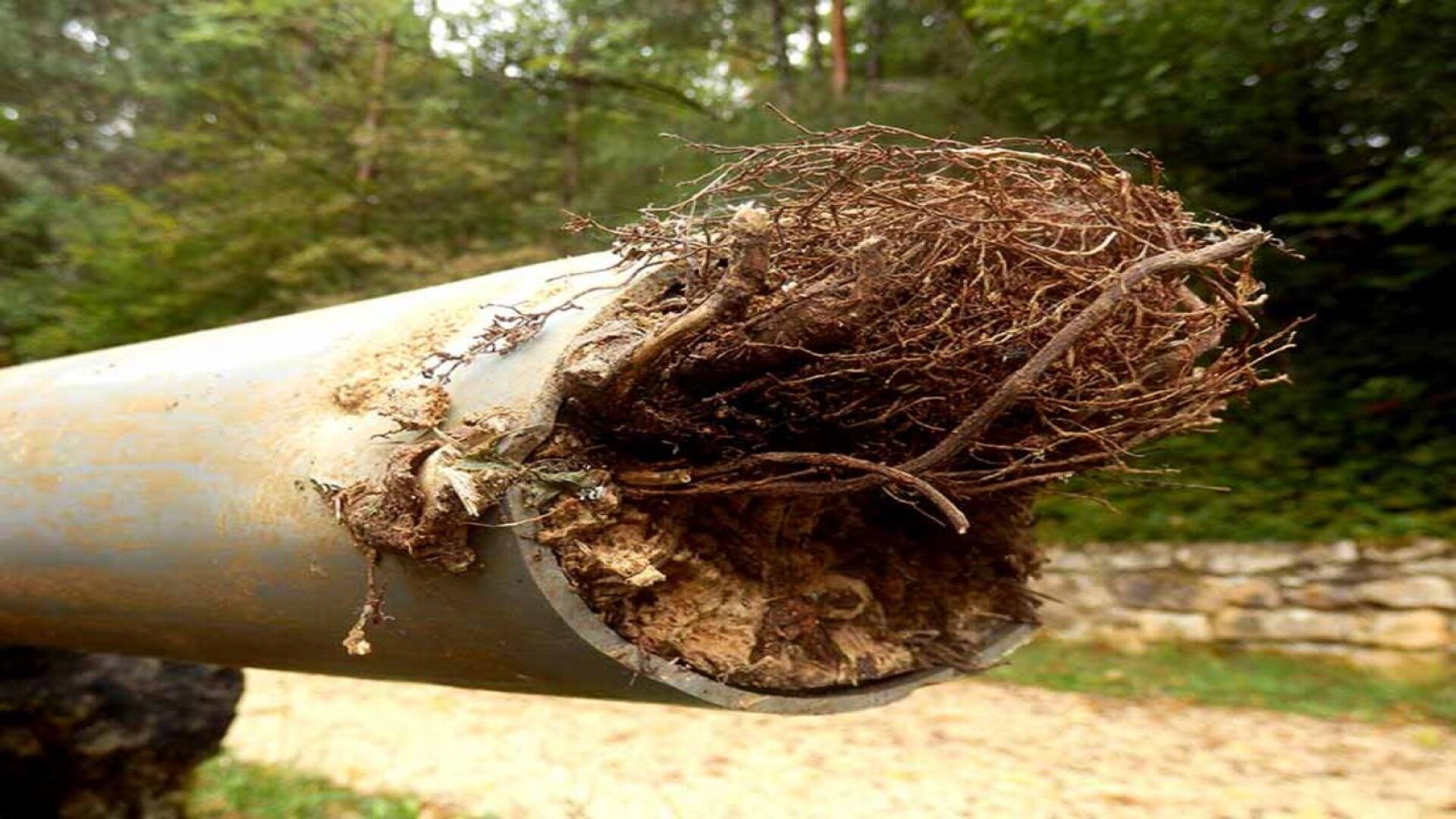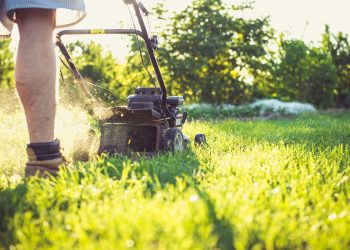Table of Contents

The encroachment of tree roots in drain pipes in South Los Angeles neighborhoods poses a significant and often overlooked challenge. Roots can lead to blockages, damage, and other complex plumbing problems. Fortunately, there are preventative measures you can take. Let’s look at the causes of tree root infiltration in South Los Angeles’s drain systems and what can be done about it.
Understanding Drain Systems in South Los Angeles
Drain systems in South Los Angeles are designed to manage stormwater and wastewater and usually include pipes, catch basins, and outfalls. These components work together to prevent flooding and ensure that water flows away from urban areas. The system’s effectiveness is crucial for maintaining the city’s public health and safety standards.
Tree roots seek moisture, leading them to infiltrate drain systems through cracks and joints in the pipes. Once inside, they can grow and obstruct water flow or even cause significant damage by breaking the pipes.
In South Los Angeles, the clash between tree roots and drain systems highlights a significant urban challenge. A dense urban environment and aging infrastructure exacerbate the issue, leading to frequent blockages and damage. Understanding this impact is essential for developing strategies to mitigate the problem and ensure the longevity of the city’s drain systems.
How Tree Roots Infiltrate Drain Systems

Tree roots in sewer lines can increase rapidly, often resulting in blockages that disrupt your water flow and damage pipes that can cause leaks and floods. The structural integrity of the entire drainage system can be compromised over time, leading to extensive and expensive repairs and replacements.
Signs and Symptoms of Tree Root Intrusion
If you notice frequent blockages, slow draining, and unusual gurgling sounds from toilets and drains, those often indicate tree root intrusion. Unexplained damp patches or sinkholes in your garden or pavement are also telltale signs. Tree root intrusion can severely diminish your drain performance, leading to backups, overflows, and structural damage. The health of the entire drainage system gets compromised, affecting its ability to manage water efficiently.
Early detection of tree root intrusion is crucial to avoid costly repairs and extensive damage to the drainage system. Implementing preventive measures, such as regular inspections and maintenance, can save you significant time and resources.
Preventing Tree Root Intrusion
Proper Tree Selection and Placement
Choosing the right tree species is a fundamental step in preventing root intrusion. It’s ideal for you to select species known for their less aggressive root systems.
1. Choosing Tree Species with Non-Invasive Root Systems
Choose tree species that are less likely to invade and damage drain systems. Local arborists or horticultural experts can advise you on which species are best suited for urban environments.
2. Maintaining a Safe Distance Between Trees and Drain Systems
Planting trees at a safe distance from drain systems is critical. The recommended distance varies, but planting trees as far away from the drainage system as their anticipated mature height is a good general guideline to follow.
Physical Barriers and Root Barriers
1. Installing Physical Barriers to Prevent Root Intrusion
Physical barriers are placed into the ground after trenches are dug between trees and drainage lines. This is an effective method for preventing tree roots from reaching and damaging underground infrastructure.
2. Overview of Root Barrier Materials and Installation Methods
Root barrier materials vary but can include metal, plastic, and bio-barriers designed to block or redirect root growth. The choice of material and installation method depends on the specific environmental conditions and urban infrastructure requirements.
Regular Maintenance and Inspections
1. Importance of Routine Drain Inspections to Identify Potential Root Intrusion
Routine inspections are essential for detecting root intrusion early, allowing for intervention before significant damage occurs. A team of experts can identify vulnerable areas where roots in sewer lines are beginning to cause problems.
2. DIY Methods for Maintaining Root-Free Drain Systems
As a homeowner, you can employ DIY methods, such as flushing the drains with root-killing solutions to clear early blockages. Additionally, planting vegetation with less aggressive root systems near your drainage lines is always a good idea.
Dealing with Tree Root Intrusion
Hiring a Professional Drain Cleaning Service
Calling a professional drain cleaning service is an easy way to address tree root intrusion. Experts know how to use advanced diagnostic tools to identify the extent of root penetration and devise a plan for removal.
Methods for Removing Tree Roots from Drain Systems
Professional services often use mechanical cutting tools or hydro-jetting techniques to cut and flush out the intrusive roots from the pipes. They may also apply herbicidal treatments that target the roots in sewer lines without compromising the health of the entire tree or the drain system’s integrity.
Repairing and Restoring Drain Systems Affected by Tree Root Intrusion
It’s vital to repair and restore damaged sections of the drainage system to prevent future problems. This may include pipe relining or replacement, employing trenchless technologies to minimize disruption and efficiently restore the system.
Call Today for Professional Tree Root Assistance
Don’t wait to address a tree root problem. Tree roots’ impact on drain systems in South Los Angeles highlights a significant urban management challenge. Proactive measures, including careful tree selection and routine inspections, can help combat this issue. Call for professional services today so that experts can implement strategic preventative practices, helping to ensure the longevity and efficiency of your drainage systems.









